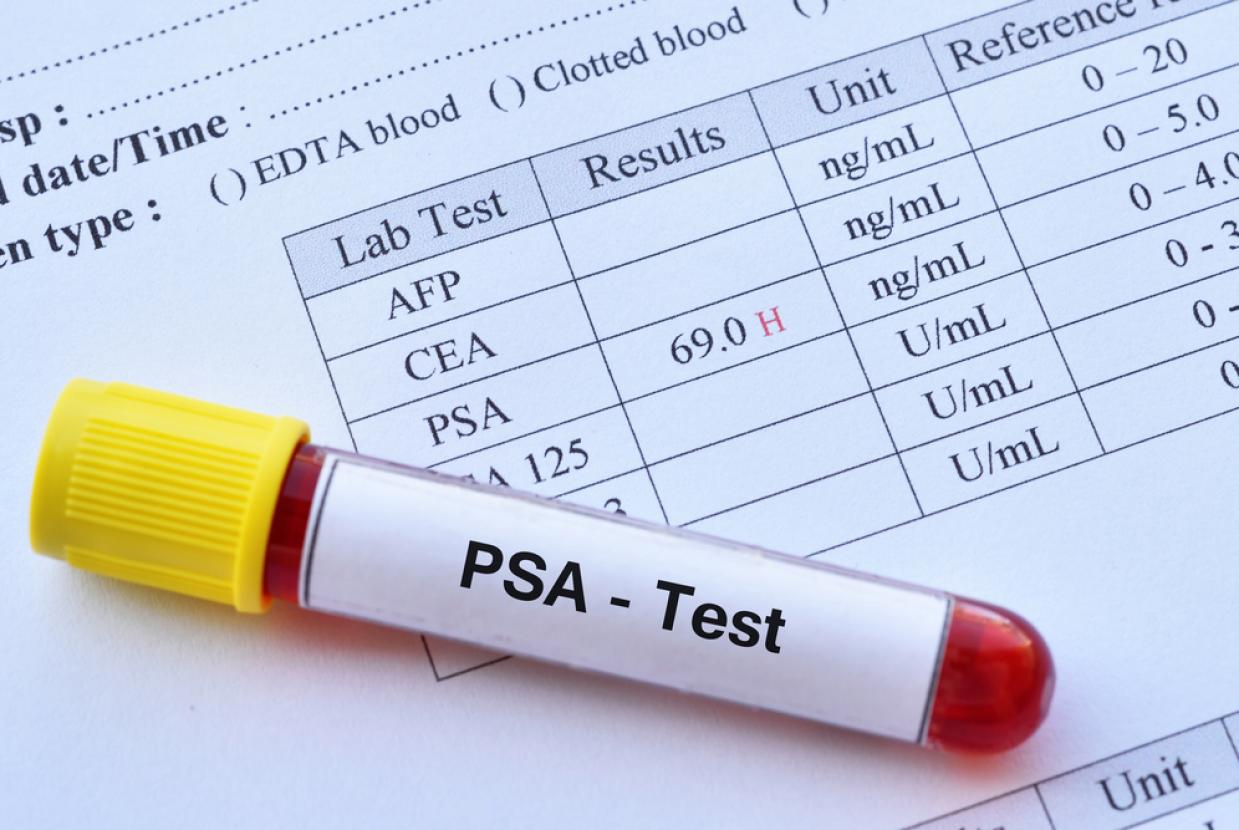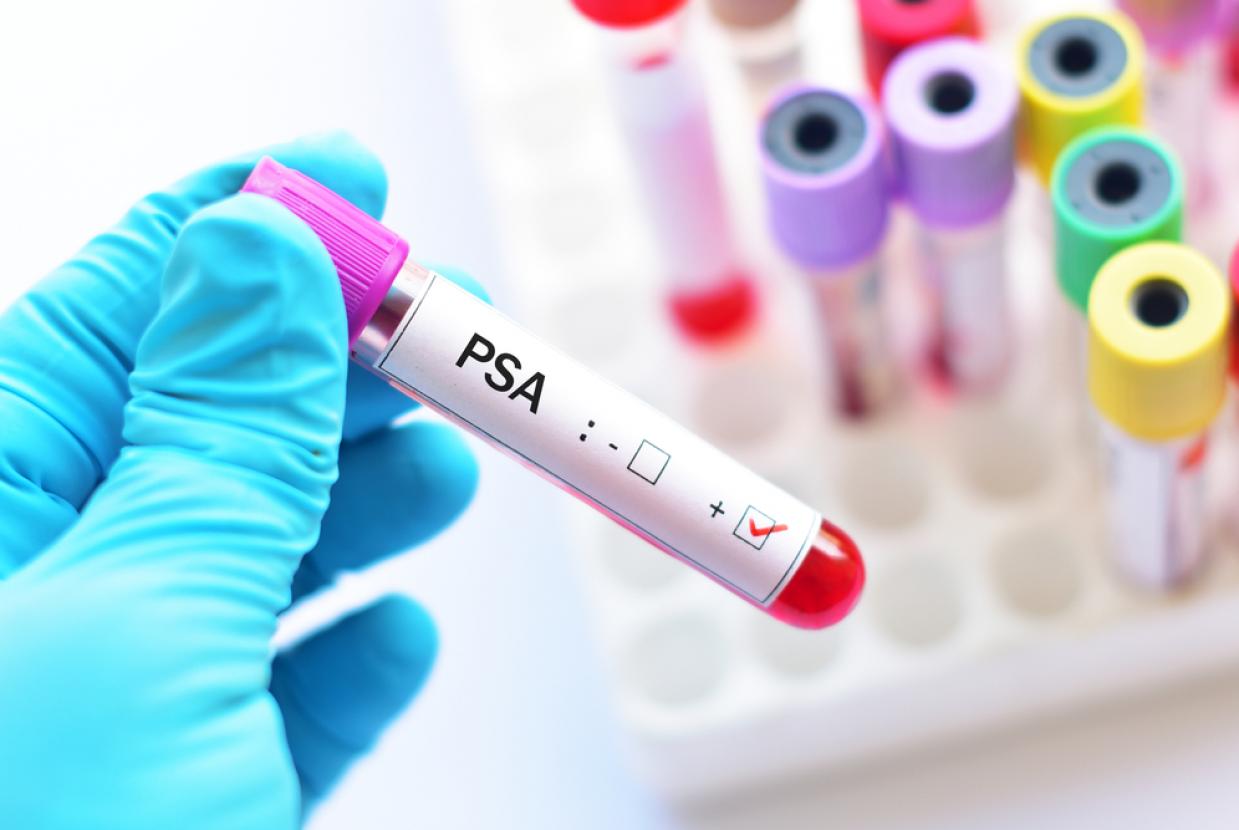Testicular Cancer
NHS
- Testicular cancer is cancer that's found in the testicles.
- It's most common in men aged 15 to 49. It can affect anyone who has testicles.
- The testicles are 2 small oval-shaped organs which hang below the penis in a pouch of skin called the scrotum. The testicles make sperm and testosterone.
- How serious testicular cancer is depends on the type of testicular cancer, how big it is and if it has spread.
To learn more - click here































































